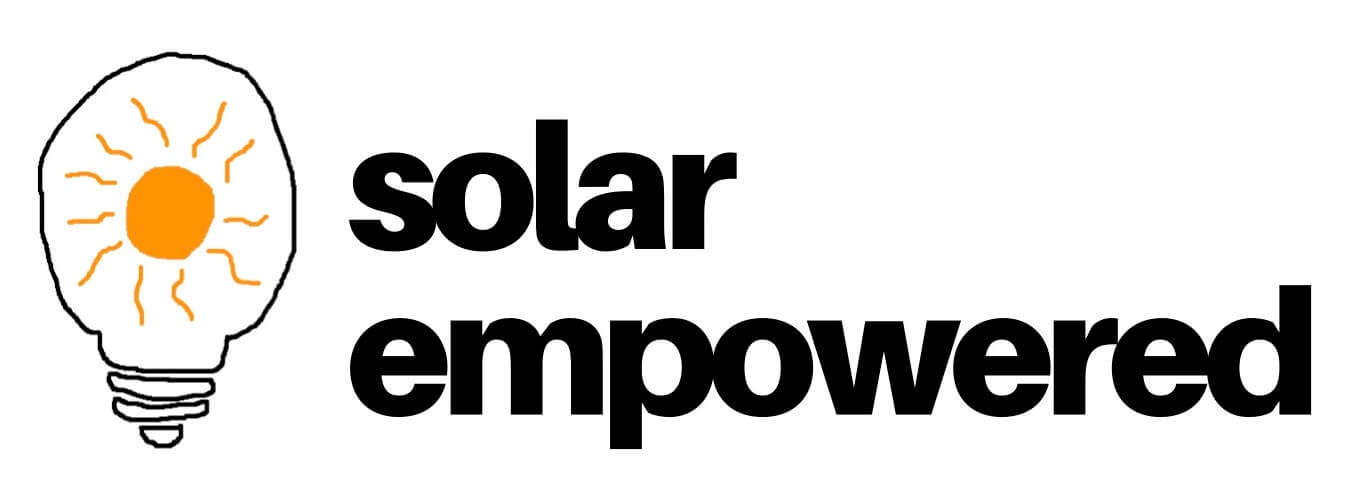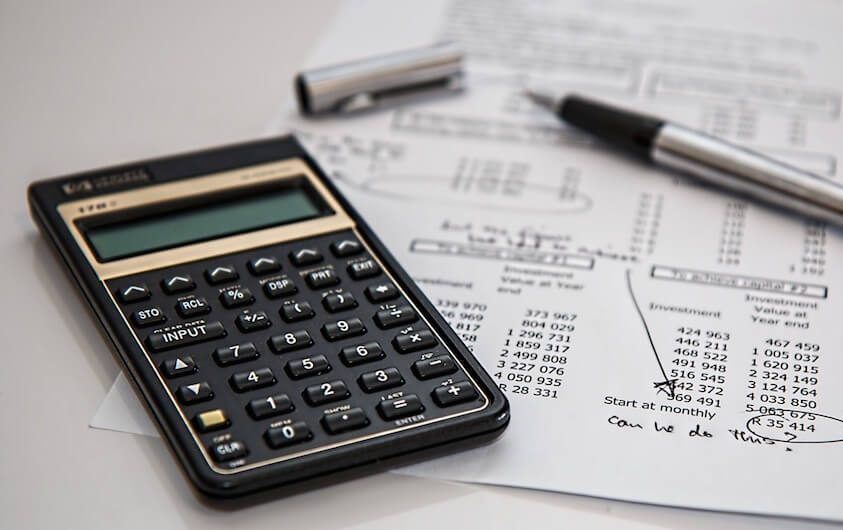Solar power itself is a free source of energy, and once you’ve installed PV panels on your home, maintenance is minimal.
The cost of producing and installing solar power systems has fallen dramatically over recent years, and continues to fall. The solar panels installed on rooftops today are more than 500 times cheaper to produce than the first solar cells of the mid-1950s and costs are still coming down fast. While there have been some important technology breakthroughs over recent years, the primary driver for the recent cost reductions in solar has not been technical, it has been a result of competition and greater demand.
Lower your electric bill. Solar allows you to generate your own electricity, which lowers your utility bill and gives you greater control over both your home energy production and consumption.
The upfront cost of your solar system is affected by a number of different factors, including:
- government incentives and support schemes available
- contractor installation costs
- type and number of solar panels, which affect the output of your system in kilowatts (kW)
- type and size of inverter (the part of the system that converts the electrical output of your solar panels (DC) into AC electricity for use in your home or business)
- type of framing equipment and other system components
- height and accessibility of roof and whether it is tiled, metal or concrete
- any after-sales service agreements
As a very rough guide, the total cost of getting a home solar system up and running is between $2500 (for a small 1.5 kW system) and $11,500 (for a top-of-the-line 5 kW system).
It takes the average homeowner 7 to 15 years to pay off their solar panels; those living in sunnier climates or states with good incentive programs can do it in as little as two years.
Most solar panels have a warranty of 25 years.
Generating electricity with coal or natural gas means the utility must constantly be purchasing coal or natural gas. Prices for these finite resources are on a constant roller coaster ride due to supply and demand. As these resources become more and more scarce, we can assume the prices will increase more and more as well.
On the home front, you’ve probably noticed your electricity bill increasing a little bit each year. Unlike coal and natural gas, with solar you’re not paying for the fuel (ie sunlight, which is free), you’re paying for the technology. So once you’ve paid off your technology purchase (in other words, your installation cost), you’ll be producing absolutely free electricity for the rest of it’s life. No more worrying about rising fuel costs, shortages, embargos and everything else that can plague fossil fuels.
If you need help locating a good company to buy from, the Clean Energy Council’s list of Approved Solar Retailers is a good place to start. Selecting an Approved Solar Retailer is a way to make sure you are dealing with a company that prides itself on being an industry leader and will offer a five-year, whole-of-system warranty.
Solar panels are exempt of property taxes in many states and can increase the value of a home more than a complete kitchen remodel. There are two main types of financial assistance available for solar PV systems in Australia. These include:
Renewable Energy Certificates (RECs), which are divided into two types, depending on system size:
Small-scale Technology Certificates (STCs)
Large-scale Generation Certificates (LGCs)
Some businesses may also be eligible for State or Federal Government grants to install a solar PV system. You can use the Federal Government’s Grant Finder tool to see which grants are available in your area.
The fossil fuel industry is heavily subsidised. The fossil fuel-based electricity system we have today is built on government subsidies and amazingly, fossil fuels continue to receive government assistance. With the help of people like you, this will change.
Beyond contributing to a cleaner, healthier world, saving money is the best part about going solar. Installing solar is a safe investment – recessions, inflation, or anything else can’t affect how much energy your solar installation produces. It just keeps working away, producing clean, no-cost electricity, giving you peace of mind.
It is important to remember the long term financial cost comparison of setting up a fossil-fuelled power source versus solar powered by including the return on investment, operation costs, fuel and maintenance over your solar system’s entire life. It is also important to remember the long term environmental and health cost comparison of running a fossil-fuelled versus solar sourced power.

